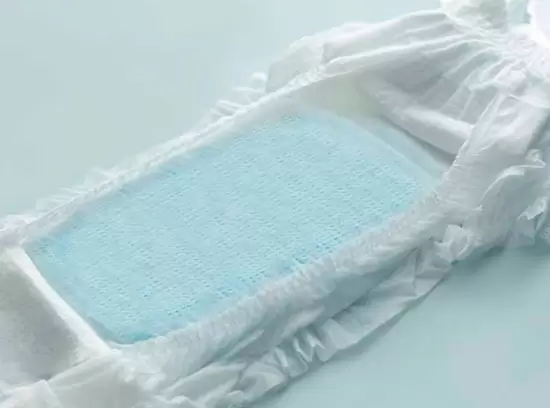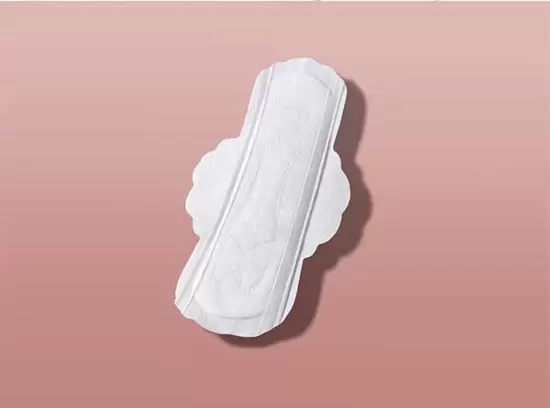What is non woven fabric manufacturing process?
Web formation
Nonwovens web formation is the first step in the production process, which refers to the formation of fiber webs by mechanical or chemical means from fibers or powder materials. Common methods include hot air forming, acupuncture forming, spunlace forming, and spinning.
Web bonding
Web bonding refers to the combination of fibers or materials to form a non-woven fabric with a certain strength. Common methods include thermal bonding, chemical bonding, and pressure bonding.
Finishing treatment
After the non-woven fabric is bonded, in order to adapt to its application in different fields, finishing treatment must be carried out to give it various properties, such as: hydrophilic, water repellent, flame retardant, antibacterial, deodorant, anti-aging, anti-slip, etc. . Finishing includes embossing, printing, laminating, coating and other methods.
Converting
After the above steps, the non-woven fabric can be cut or converted into the required products, such as the surface layer of sanitary pads, the surface layer of diapers, non-woven bags, the surface layer of masks, etc.
Nonwovens are used in a wide variety of applications, the following are some of the common ones:
Medical supplies: surgical gowns, surgical caps, masks, sterilizing cloths, etc.
Household items: wallpaper, curtains, sheets, lawn covers, carpets, window cloths, kitchen wipes, etc.
Industrial supplies: filter materials, thermal insulation materials, building waterproof materials, automotive interior materials, packaging materials, etc.
Agricultural supplies: agricultural film, fruit bags, disease prevention agent binding cloth, plant sunshade net, greenhouse covering cloth, etc.
Environmental protection products: garbage bags, environmental shopping bags, disposable lunch boxes, etc.
Textiles: underwear, shoes, gloves, hats, clothing, etc.
Spunbond method of non woven production
Spun-bonded non-woven fabrics are formed by laying the filaments into a web after the polymer has been extruded and stretched to form a continuous filament, and then bonded by itself, thermally bonded, chemically bonded or mechanically reinforced to make the web into a non-woven fabric. This process can use different fiber materials to produce non-woven fabrics with different properties, such as polypropylene, polyester, etc. The production process of spunbond nonwoven fabric mainly includes the following steps:
1. Fiber selection and pretreatment: The selection of fibers is very important, and different materials should be selected according to different uses and requirements. In the pretreatment, the fibers are cleaned, dried and so on.
2. Spinning of fibers: The fibers are spun by a textile machine to form a fiber web.
3. Bonding treatment: The fiber web is bonded to make the fibers bond with each other. The bonding process can use chemical bonding, thermal bonding or mechanical bonding.
4. Finished product processing: The bonded fiber webs are processed into finished products such as winding and cutting to make non-woven fabrics of different shapes.
Spunbond non-woven fabrics have the characteristics of good water absorption, strong air permeability, softness and comfort, and are widely used in medical, hygiene, home furnishing, clothing, packaging and other fields.
Spunlace method of non woven production
1. Feeding cotton
During this process, workers place the raw cotton fibers on the floor beneath the machines. The feeder then automatically captures the fiber and transports it to the channel for the next process.
2. Foreign fiber sorting
During this process, the foreign fiber sorter removes foreign matter, small pieces of iron and small pieces of cottonseed. However, this process can only remove part of the impurities, and finally the finished product needs to be inspected to pick out the defects on the cloth surface
3. Carding
The carding machine stretches and relaxes the cotton fibers so that all the fibers are laid out like a sheet; they are then moved to a cross-lapping process. The main function is to remove impurities in the fibers again and comb the fibers (like combing hair) to make them neatly arranged
4. Cross-lapping
In the field of nonwoven fabric production at present, there are two types of laying nets. One is straight laying net, the other is cross laying net. The reason for choosing cross-laid mesh is that the tensile strength of cross-laid mesh is 1-2 times that of straight-laid mesh. But the disadvantage is that the weight is uneven
5. Drafting process
In this process, the cotton fiber web is stretched 2-3 times. The effect of this tension is to make the nonwoven web more uniform, with better average weight and better tensile strength in CD and MD.
6. Spunlace
Spunlace is the most important link in the production process. Under high pressure, water needles pass through the cotton net, making the cotton fibers more tightly entangled, and finally formed into a spunlace nonwoven fabric. The fluff and thickness of the cotton felt can be controlled by adjusting the pressure.
7. Roll
After spunlace, the material will be rolled into a roll.
8. Bleaching and drying
Since we use raw cotton fibers, what we produce is raw cotton cloth. At the moment, the cotton is gray. This process is called bleaching and drying. The gray colored cotton rolls will go into the float. In the bleaching pot, we use hydrogen peroxide to bleach under high temperature and high pressure for 4 hours. After bleaching, the laps are dried and packed.
9. Computer cloth inspection
We have 23 cloth inspection machines, computer controlled. If there is a defect, the machine will automatically stop and remind the workers with white light (displaying the defect on the front) and blue light (displaying the defect on the back), and the machine will resume operation after the defect is picked out.
10. Cut
Adjust the knife and cut according to the width requirements of different customers. When cutting, two employees will measure and record the width of the cut together to ensure that the width of the product is consistent.
11. Finished product – packing
Pack according to the packaging requirements of different customers.
Purcotton is a reliable non-woven fabric manufacturer. We specialize in producing high-quality non-woven fabrics suitable for a wide range of applications. Whether you need non-woven bags or wholesale agriculture non-woven fabric, we have you covered. Our products are known for their durability, eco-friendliness, and versatility. Trust Purcotton for all your non-woven fabric needs. Contact us today to discuss your requirements and experience the difference of working with a top-tier non-woven fabric manufacturer.













